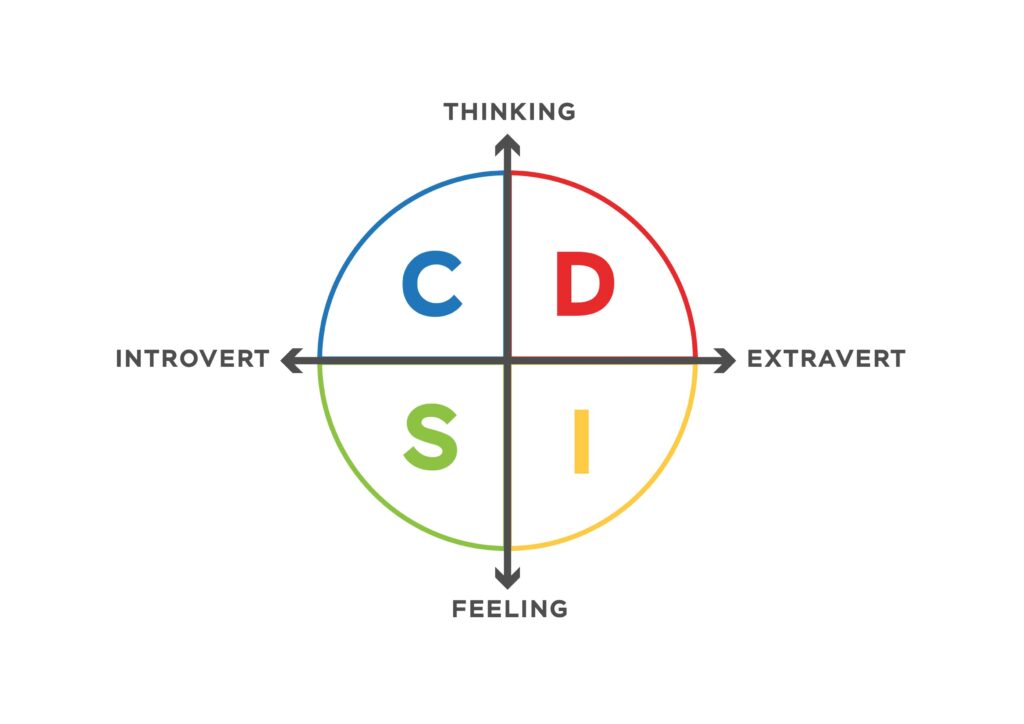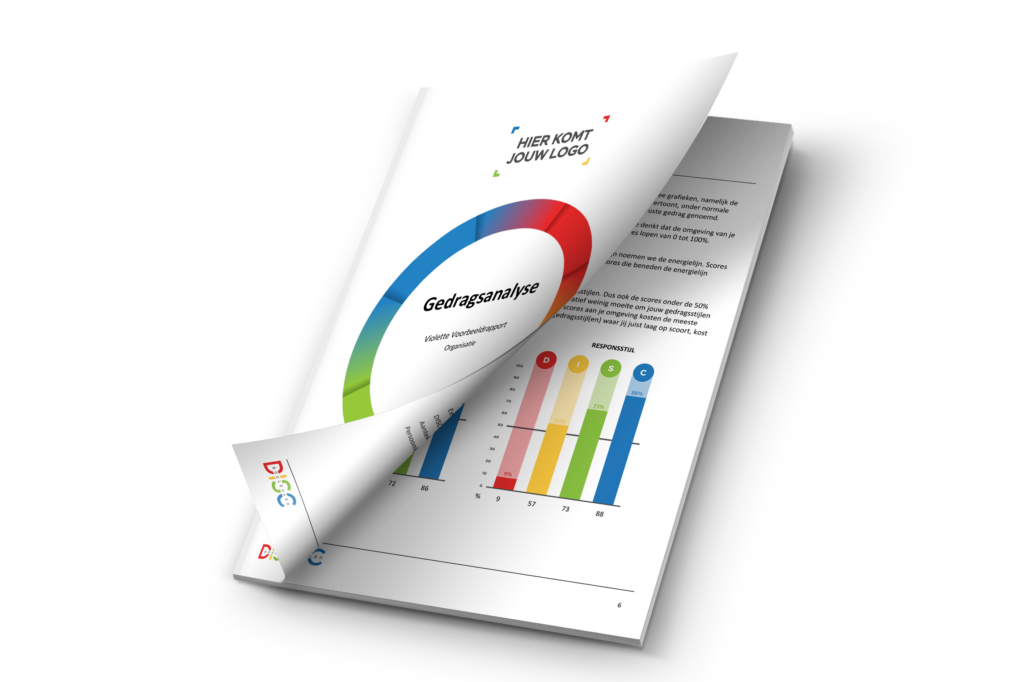Wanting to classify human behaviour is not new. As early as 400 BC, it was the founder of Western medicine, Hippocrates of Kos, who set out to observe and explain human behaviour. He identified 4 temperaments:
- Choleric: quick temper, hot-tempered
- Sanguine: fiery and energetic
- Phlegmatic: calm and quiet
- Melancholic: heavy-hearted
Dr. Carl Gustav Jung
In a more recent time period (1875-1961), it was Dr Carl Gustav Jung who observed human behaviour from the 4 psychological functions: thinking, feeling, perceiving and intuition. He later added the two-part introvert-extravert.
Introverts focus their energy on their inner world.
Extraverted people focus their energy mainly on the outside world.
Jung published the work “Psychological Types”. This is still available.
Dr William Moulton Marston
Ultimately, it was not Jung, but American psychologist Dr William Moulton Marston (1893-1947), who in the late 1920s was the founder of what DISC is today. Marston published the work called “The emotions of normal people”.
Marston observed people’s behaviour from the following axes:
- The axis hostile (antagonistic) environment/good environment
- The axis passive responding/active responding
Within these two axes, 4 quadrants are visible. Each quadrant was given a letter by Marston: DISC (Dominance, Influence, Stability and Conformism) These letters make up the DISC model.
More recently, you see that in many images explaining DISC, the hostile environment/good environment axis has been replaced by an axis containing: thinking versus feeling. The passive/active response axis is therefore more often replaced by introvert versus extrovert.

Why are we using DISC colours?
The combination of the 4 letters DISC is fairly easy for many people to remember after learning a little more about the meaning behind each letter. When this knowledge fades into the background after some time, it becomes harder to interpret the types. Many organisations therefore choose, in addition to using the letters DISC, to speak mainly in the four different colours associated with the styles. Many people are visually oriented. Therefore, the DISC colours stick better than the DISC letters.
Dominance, the D-style is linked to the colour red. This represents the fiery, spicy red.
Influence, the I-style is linked to the colour yellow. This represents the sunny, radiant yellow.
Stability, the S-style is paired with the colour green. This represents the earthy, soft green.
Conformism, the C-style is paired with the colour blue. This represents the ice blue, crystalline blue.
Put DISC theory into practice
Get started with DISC analyses yourself! We work with a professional testing environment and clear reports; that’s all you need, right? Do you still have questions? Then we will be happy to help.
Read more about DISC here:
